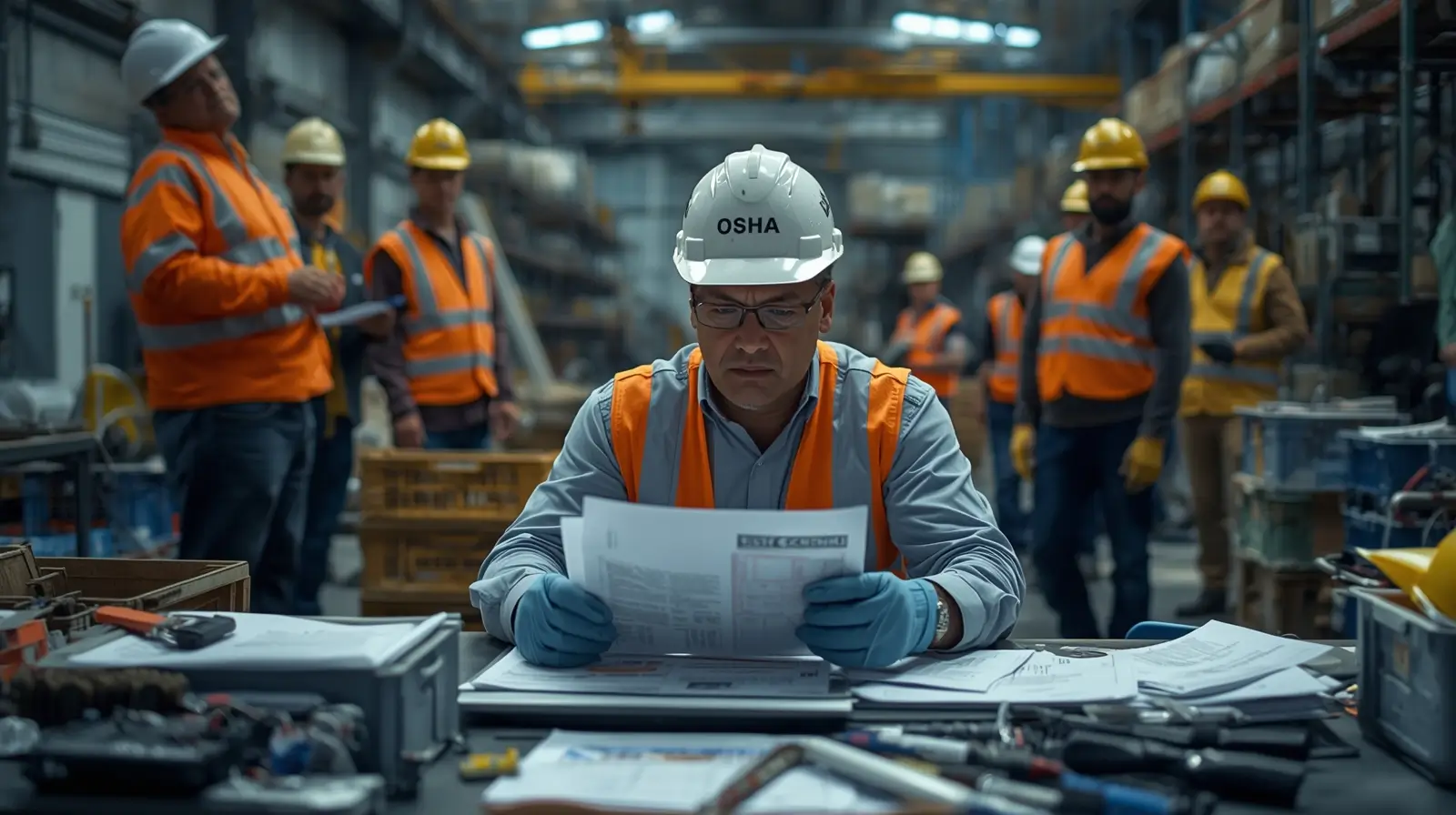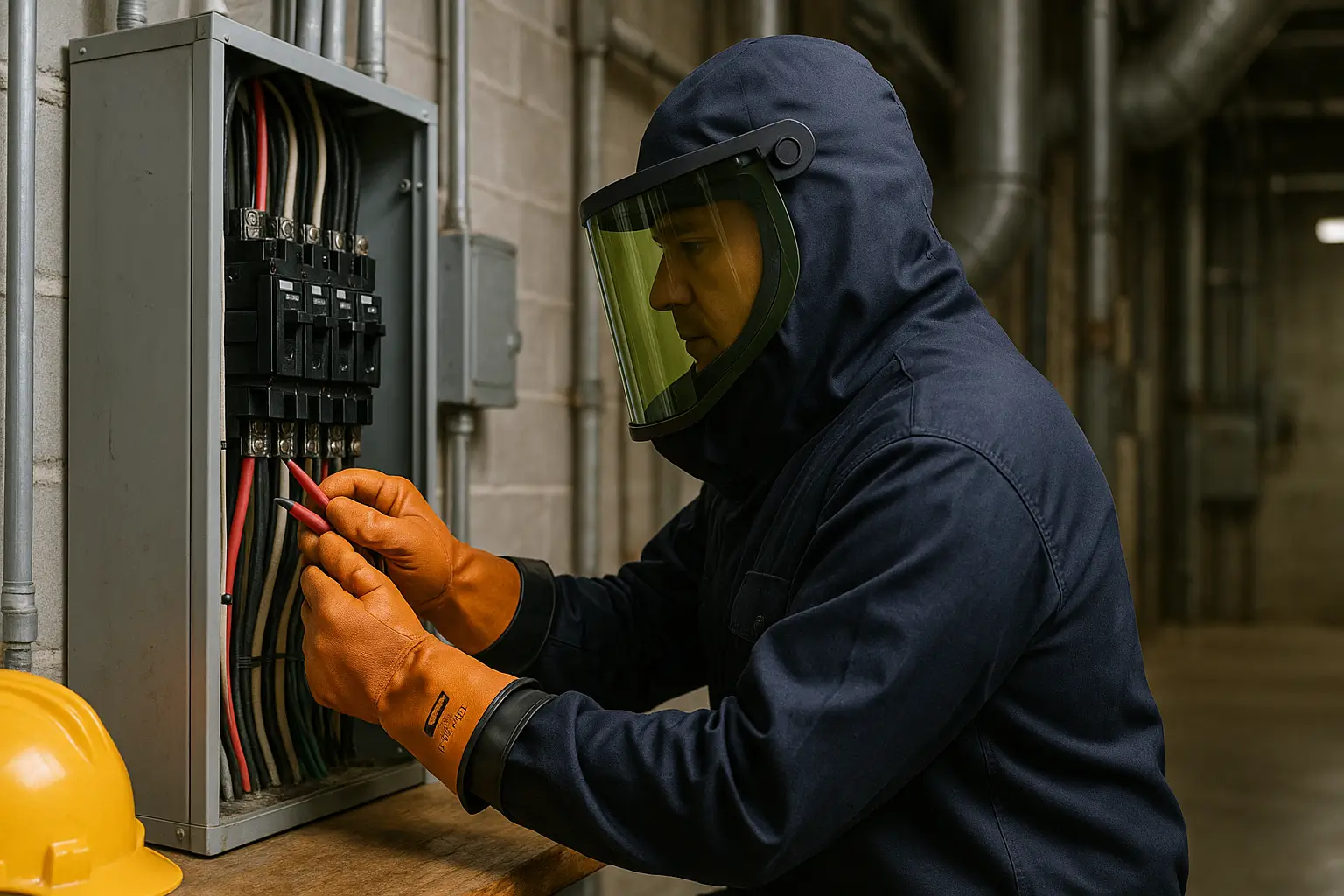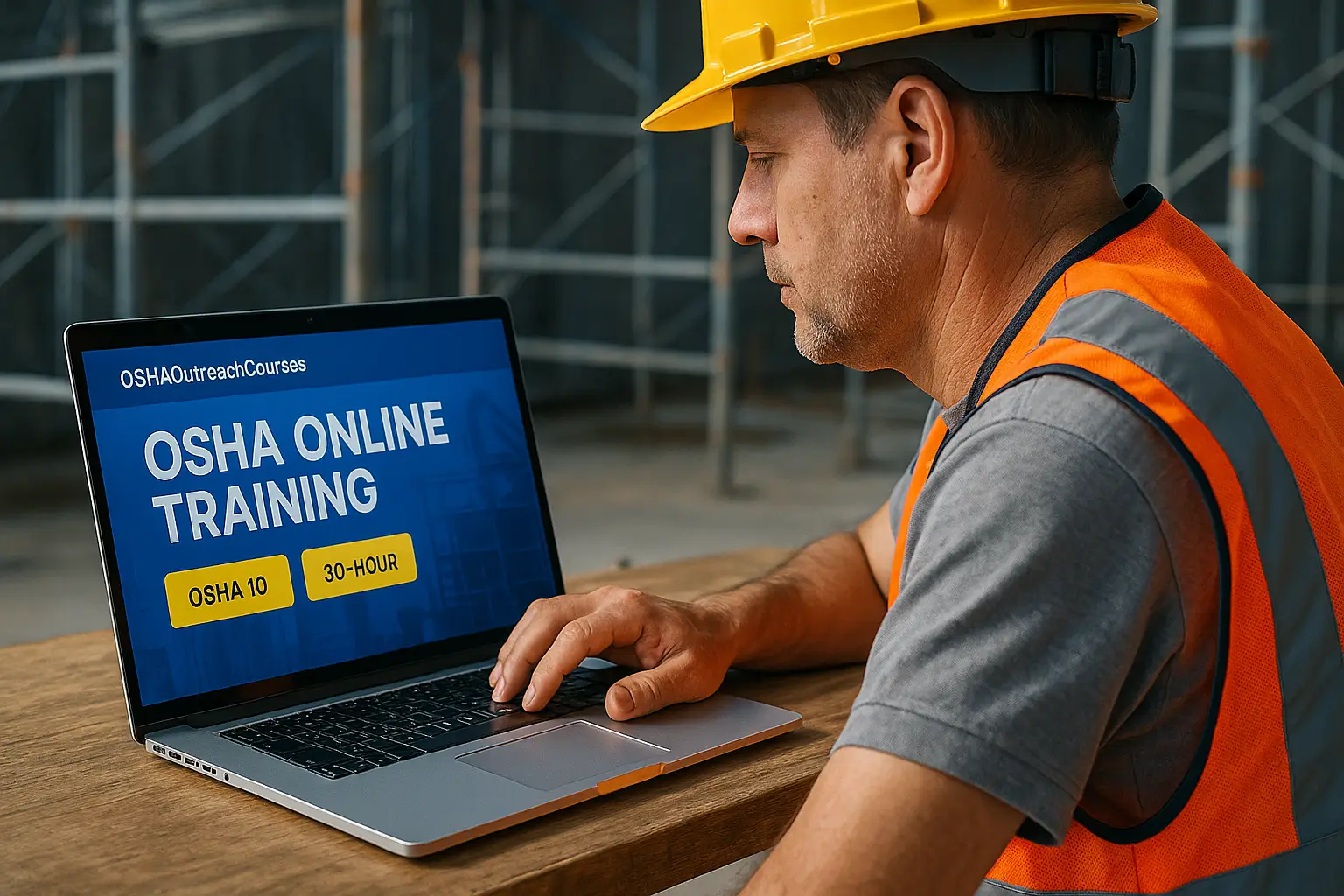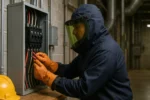The construction industry, once known for its traditional methods, is rapidly evolving. Technology and safety training now go hand in hand to improve productivity, efficiency, and worker well-being.
From drones to 3D printing, modern innovations are transforming how projects are managed and executed. Yet, even with advanced tools, safety remains the cornerstone of success. Enrolling in the 30-Hour OSHA Outreach Course in Construction not only strengthens your understanding of safety standards but also enhances your ability to manage, control, and prevent on-site hazards effectively.
Why OSHA 30-Hour Training Matters
The OSHA 30-Hour Construction Course is designed for supervisors, foremen, and project managers who are responsible for maintaining workplace safety. It covers essential safety topics, including:
-
Fall protection and scaffolding safety
-
Electrical and fire protection
-
Personal protective equipment (PPE)
-
Hazard communication
-
Health and environmental controls
-
Construction ergonomics
Upon completion, learners receive an official OSHA DOL card, recognized nationwide. This credential not only boosts credibility but also ensures compliance with federal OSHA standards (source: OSHA Outreach Training Program).
How Technology Is Transforming Construction
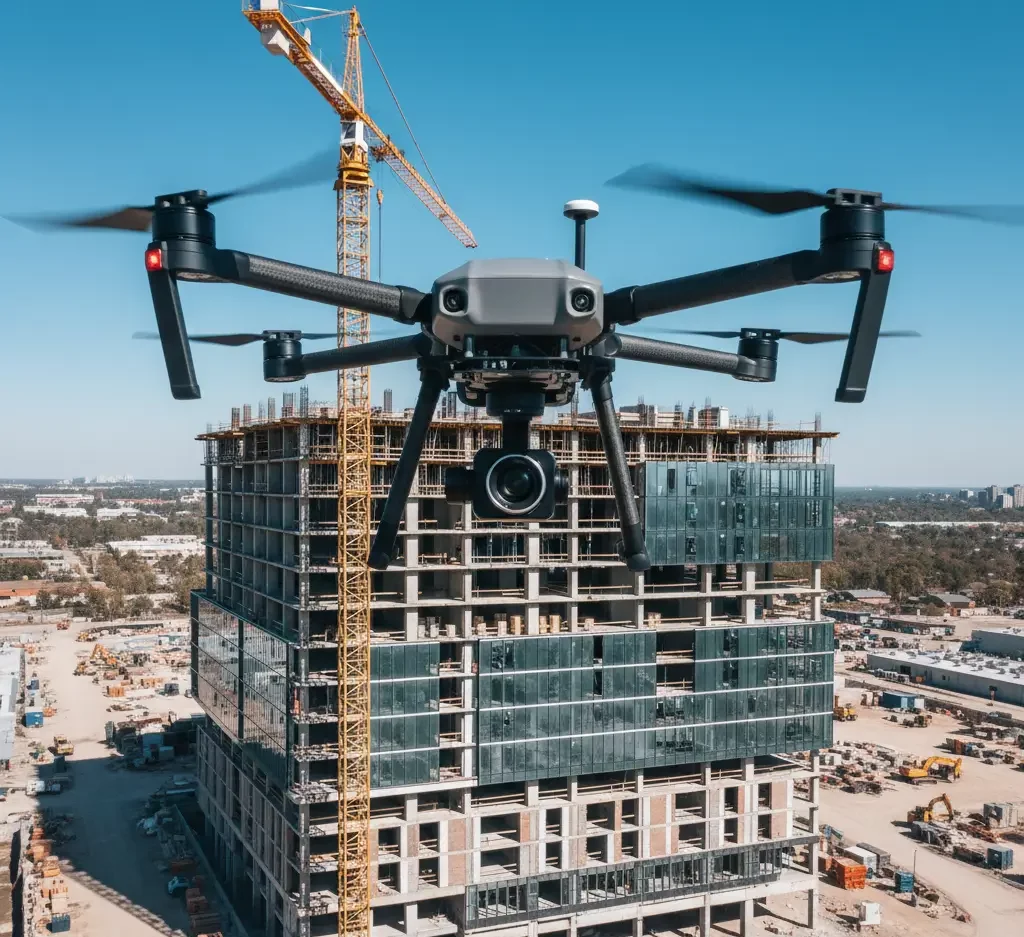
1. Mobile Devices and Apps
Mobile technology enables workers to access blueprints, report hazards, and share updates instantly. Rugged construction tablets and field-specific mobile apps help project managers track progress in real time.
According to a 2024 Statista survey, over 77% of construction firms use mobile apps to manage job sites efficiently (source: Statista Construction Technology Report, 2024).
2. Drones for Site Inspections
Drones, also known as unmanned aerial vehicles (UAVs), allow for safer and faster inspections of hazardous or hard-to-reach areas. They help track logistics, monitor work progress, and provide high-resolution imagery for 3D modeling.
By using drones, companies can reduce inspection time by up to 70%, improving both safety and efficiency (source: McKinsey & Co., Construction Technology 2024).
3. GPS Tracking
GPS-enabled devices provide real-time tracking of vehicles, equipment, and workers. Fleet monitoring systems offer insights into equipment usage, idle time, and safety compliance – reducing fuel costs and downtime.
4. 3D Printing and Robotics
3D printing has revolutionized construction by enabling faster and more cost-efficient builds.
-
Entire homes of 600–800 sq. ft. can be built in less than 24 hours using 3D printers.
-
Robots now assist in bricklaying, excavation, and demolition, reducing manual risks and errors.
The global 3D construction printing market is projected to reach $1.8 billion by 2030, growing at over 100% annually.
5. Wearables and Safety Devices
Wearable tech – such as smart helmets, safety vests, and health monitors – improves both safety and productivity. These devices detect fatigue, track movements, and send alerts in case of accidents.
Wearable safety tech has been shown to reduce injury rates by 20%, according to a 2023 Construction Safety Institute report.
6. Green Technology
Sustainable construction methods are becoming the norm. Energy-efficient materials, smart insulation, and water-saving systems not only reduce environmental impact but also improve long-term profitability.
According to the U.S. Green Building Council (USGBC), green-certified buildings can lower operational costs by up to 14% and improve occupant satisfaction.
How OSHA 30-Hour Training Complements Technology
Technology makes construction safer and faster, but human awareness is still the first line of defense. The OSHA 30-Hour Construction Course ensures that workers:
-
Understand how to identify new-age tech-related hazards.
-
Follow proper safety protocols when using robotics or drones.
-
Develop leadership and communication skills to manage large teams safely.
Combined with technology, OSHA training creates a smarter and safer job site.

The Future of Construction Safety
Companies that adopt modern construction technologies along with OSHA-certified safety practices experience:
-
25 – 30% fewer accidents (source: NIOSH Workplace Safety Report, 2024)
-
Higher productivity and on-time project delivery
-
Lower operational costs due to reduced downtime and rework
In contrast, companies that fail to innovate face reduced competitiveness and higher accident-related expenses.
Conclusion
The integration of technology and OSHA safety training is transforming the construction industry. From drones and mobile devices to 3D printers and wearables, innovation is making workplaces more efficient and safer than ever before.
By enrolling in the 30-Hour OSHA Outreach Construction Course, you equip yourself with the knowledge to manage advanced construction projects safely and effectively – setting yourself apart as a competent leader in today’s fast-changing industry.
👉 Take the next step toward a safer, smarter career.
Enroll now in OSHA Outreach Courses. and earn your OSHA 30 card online.



